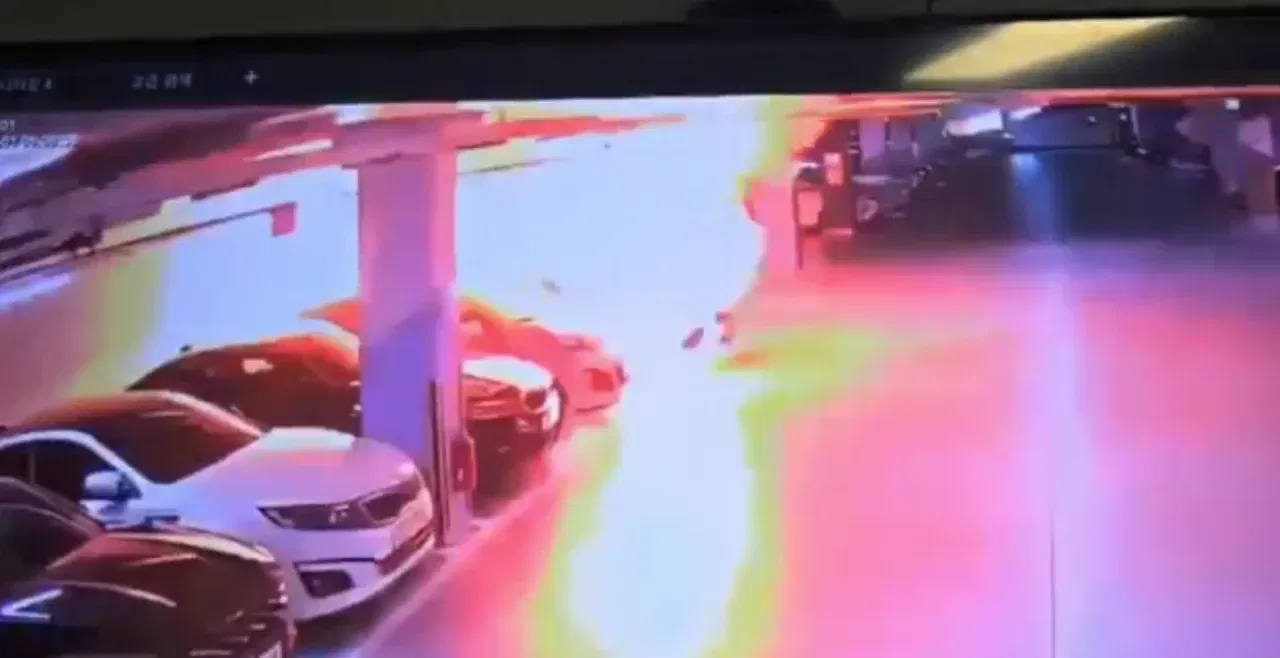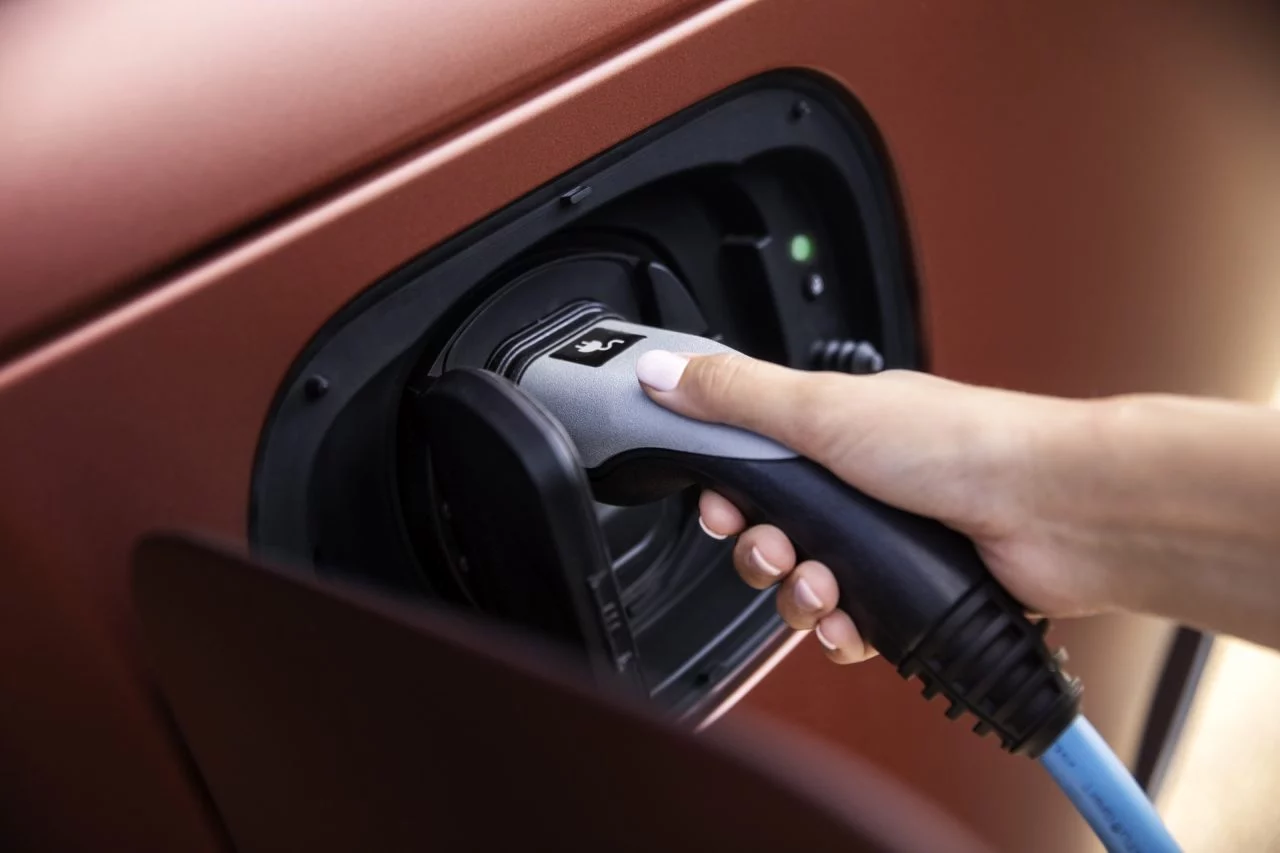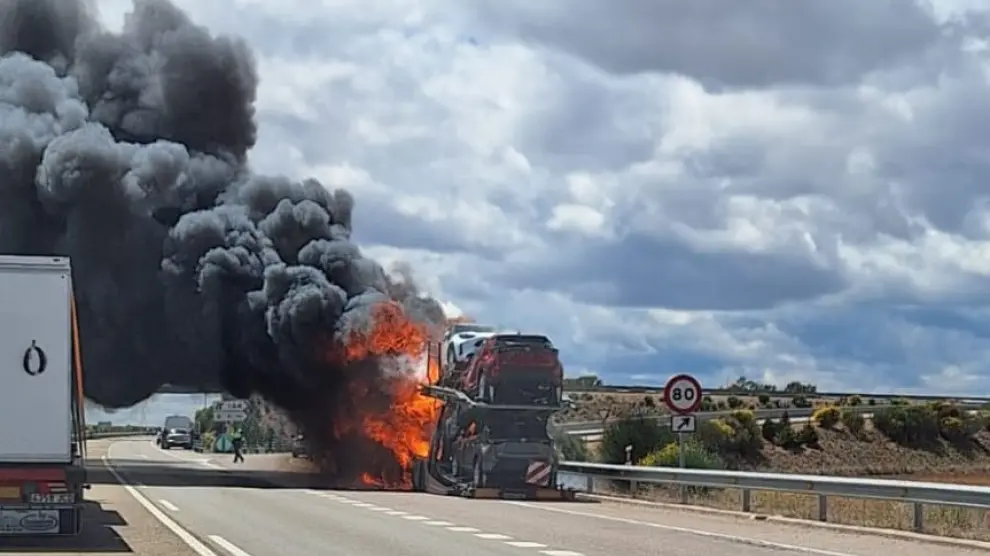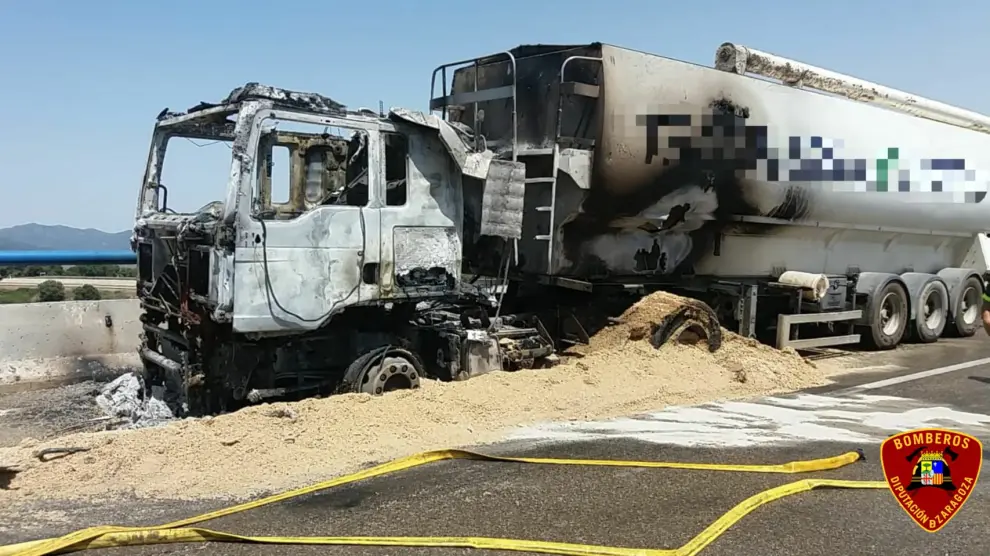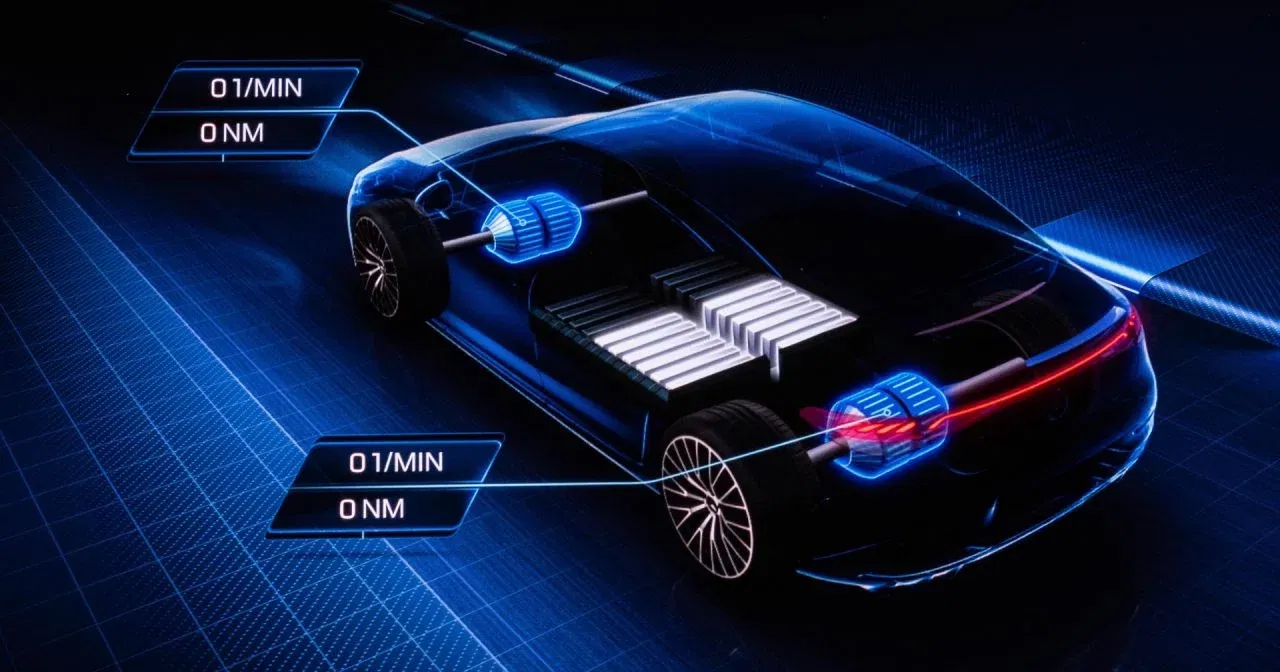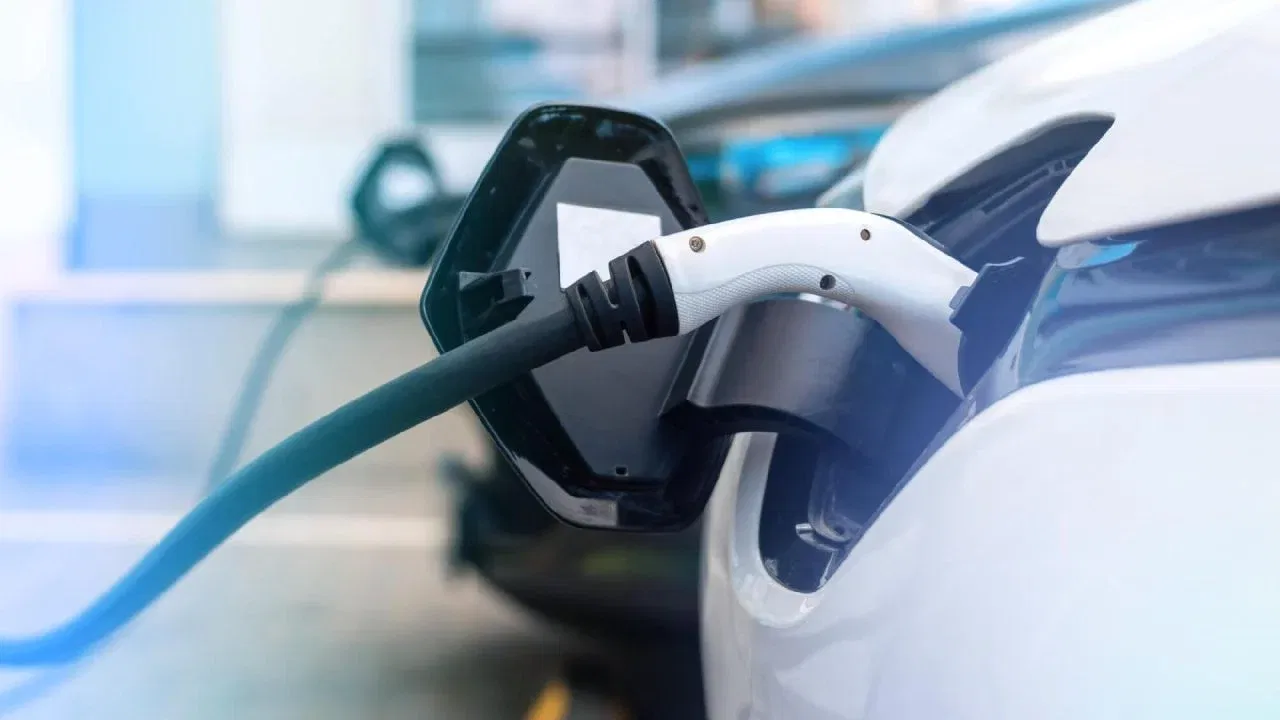un estudio serio del NFPA, con quienes yo he trabajado en los 90
la tabla del final es muy rlevante;
Research Insights: Fire Safety for Electric Vehicles and Other Modern Vehicles in Parking Structures
By Victoria Hutchison 12-Jul-2024
Over the past five years, the electric vehicle (EV) market has seen substantial growth, with global sales reaching 10 million in 2023 and EV market share rising to 14 percent. Advances in battery technology, falling costs, supportive government policies, and expanded charging infrastructure have driven this growth. Major automakers have committed to EVs, offering more model options, while consumer awareness and demand for sustainable transport have surged, particularly in Europe, China, and North America.
Recent changes in vehicle design, materials, and motor technologies, however, have raised concerns in the fire protection community. Vehicles have become heavier and now incorporate substantially more plastic components. The shift to battery electric vehicles (BEVs), hydrogen fuel cells, and hybrid vehicles also introduces different fire hazards compared to traditional internal combustion engine (ICE) vehicles, potentially requiring modifications to traditional fire protection design strategies and firefighting tactics applied in parking structures.
While vehicle fires are common, large-scale parking garage fires are rare but can cause significant economic losses, as seen in incidents at Liverpool’s Echo Arena, Stavanger Airport, and Luton Airport. In August, a fire involving an EV in a parking garage in South Korea damaged hundreds of vehicles and forced nearby residents to evacuate,
triggering debate over whether EVs should be allowed in the country's underground parking garages.
RELATED: Explore training from NFPA related to alternative fuel vehicles
These events highlight the need to reclassify vehicle fire hazards and reevaluate recommended protection measures. As a result, stakeholders have been coming to NFPA® and the Fire Protection Research Foundation (FPRF), the research affiliate of NFPA, with questions around the fire safety impact of EVs in parking structures. Some of the most frequently asked questions include:
- How do modern vehicles differ from legacy vehicles? How have they changed?
- How does the fire hazard of an EV compare to an ICE vehicle?
- Is the current protection guidance in applicable codes and standards adequate?
To answer these questions, the Fire Protection Research Foundation conducted a Phase II
research study, following up on a preliminary literature review from 2020, to provide data and insight to these questions and identify knowledge gaps that needs to be filled through an experimental test program. So, let’s dig into some of our key findings.
How do modern vehicles differ from legacy vehicles? How have they changed?
In 2021, the average vehicle contained 411 lbs (186 kg) of plastics, constituting 9.6 percent of a vehicle’s total weight. In the 1970s, plastics made up less than 3 percent of the average vehicle’s weight.
This increase in plastic content has the potential to enhance the combustible energy in a fire, potentially leading to higher heat release rates, longer burning durations, and greater risk of fire spread in parking garages compared to older vehicles. Thus, fire test data from older vehicles may not fully represent modern vehicles, which have a higher plastic content. This difference could impact the applicability of the test results to current vehicle fire scenarios and design fires.
How does the hazard of an EV compare to an ICE vehicle?
The heat release rate is the most common measure used to characterize the amount of energy a fire produces over time, or more simply, the speed at which a fire burns fuel and releases heat. While experimental test results show that an ICE vehicle fire and an EV fire may have different peak heat release rates, their total heat release is similar for both vehicle types, meaning they pose a similar overall hazard.
While ignition method, location, vehicle age and composition, ventilation conditions, and other factors have a significant influence on fire development and overall hazard, review of the available testing literature has found vehicle fires, both ICEVs and BEVs, too often exceed a heat flux threshold of 25 kW/m2 (which is the exposure threshold for ignition of nearby combustibles), which suggests a high risk of fire spread to adjacent vehicles without sprinkler protection, regardless of these conditions.
A summary of key differences between EVs and ICEVs are provided in the table below.
EV
ICE
Fuel Source
Lithium-ion batteries
Gasoline
Fire Causes
Short circuit, puncture, overheating, overcharging, over-discharging
Fuel or oil leak, overheating, worn out parts, loose electrical components
Suppression Time
~60–90+ min
~30 min
Water Usage (manual)
Reports of up to thousands of gallons of water have been used, requiring sustained water supply
∼500 gallons
Reignition Potential
Likely, and fairly common
Rare
Fire Size
Avg Heat Release Rate: 1.5–8+ MW
Avg Total Heat Release: 5.9 GJ
Can be large if the initiating vehicle fire is allowed to propagate to an adjacent vehicle, but fires can typically be contained to one vehicle with protection by automatic sprinklers or intervention by the fire service prior to spread
Avg Heat Release Rate: 6.5–8 MW
Avg Total Heat Release: 5.9 GJ
Can be large if the initiating vehicle fire is allowed to propagate to an adjacent vehicle, but fires can typically be contained to one vehicle with protection by automatic sprinklers or intervention by the fire service prior to spread
Toxicity of Runoff
Water runoff has a pH of 7.3–7.7
Copper, antimony, and higher concentrations of manganese, nickel, cobalt, hydrogen fluoride, and lithium
Water runoff has a pH of 2.6–2.8
Higher concentrations of lead, copper, polycyclic aromatic hydrocarbons, and volatile organic compounds, testing showed higher toxicity towards aquatic species
Special Post-Fire
Considerations
Often towed and recommended to be placed 50 ft away from all surroundings (due to reignition risk)
Vehicles/engines should be inspected
to see how much damage was done to
determine if repairs can occur
Additional Hazards
Stranded energy (reignition risk), electrocution risk, handling by secondary responders, projectiles and explosions, toxic gas release
Toxic gas release, lots of combustible
fuel still accessible to the fire (i.e., a
full gas tank)
Is the current protection guidance in applicable codes and standards appropriate?
The codes and standards related to parking garage fire protection have evolved. Per
NFPA 88A, Standard for Parking Structures, sprinkler protection is now required in all parking structures. Additionally, many codes and standards have increased the required sprinkler density for parking garages; most notably
NFPA 13, Standard for the Installation of Automatic Sprinkler Systems, has changed the classification of parking garages from Ordinary Hazard Group 1 (~0.15 gpm/ft2) to Ordinary Hazard Group 2 (~0.2 gpm/ft2).
The FPRF review of the codes and standards, though, revealed that there are very few national requirements for fire protection for automated parking structures or vertical stackers over two-tiers high. This has led some municipalities to enact their own to create local fire protection requirements for these types of parking structures.
The literature review identified a few vehicle fire tests that included sprinklers and aimed to determine if sprinklers could prevent fire spread to adjacent vehicles. One study by Arvidson and Westlund used sprinklers with a density of 10 mm/minute, between Ordinary Hazard Group 2 and Extra Hazard Group 1 design densities in the U.S. They measured heat flux at 500 mm (1.64 ft) for four tests, with two ICEVs and two BEVs, and found that the BEV fires did not spread to neighboring vehicles. Another study by the Building Research Establishment (BRE) used a sprinkler system with a British Standard Ordinary Hazard Group 2 density (which is between Light and Ordinary Hazard Group 1 density in the U.S.) and found that the vehicle fire did not spread to nearby vehicles under that protection. However, a similar test without sprinklers showed fire spreading to all three vehicles.
Data on sprinkler effects on vehicle fires and effective density to prevent spread in parking garages is limited. However, existing data indicates that sprinklers can control fires and limit them to the initial vehicle, though the optimal design density is still unknown. More research is needed to properly design sprinkler systems to prevent vehicle-to-vehicle fire spread in parking garages.
Next steps
Through the comprehensive review and analysis of parking structure characteristics, fire statistics, incident case studies, evolution of vehicle composition, codes and standards, and the latest full-scale fire test data, three key gaps emerged:
- NFPA 13 Hazard Classification for Modern Vehicles: The current NFPA 13 hazard classification for modern vehicles in parking garages lacks testing data to support its accuracy. Despite evolving codes and standards requiring sprinklers in new parking garages and increasing the necessary sprinkler water density, the technical justification for these water density selections remains unclear.
- Worst-Case Scenario Conditions: The specific conditions leading to the worst-case scenario for vehicle fires in parking garages are not well understood. Variables such as vehicle size and type, fire ignition location, sprinkler placement, window positions, and other configuration-specific details can significantly affect fire development and spread.
- Fire Safety in Vertical Vehicle Stackers and Automated Parking Structures: There is a notable deficiency in experimental data regarding fire safety in modern vehicles parked in vertical stackers and automated parking structures. Existing data and guidance on proper fire safety measures in these types of parking facilities are extremely limited.
To address these knowledge gaps, a testing plan was developed, outlining a test matrix, necessary data, and evaluation criteria. The Fire Protection Research Foundation’s proposed testing initiatives aim to enhance our understanding of fire hazards in parking structures and improve fire protection strategies, ultimately ensuring safer environments as vehicle technologies and parking facility designs continue to evolve.
To learn more,
download the final report.
el tiempo de extincion es entre el doble y el triple, pero es que el agua necesaria es de miles de litros con un potencial de reignicion alto, unido al riesgo de electrocucion hace que los bomberos puedan decidir no actuar, el HRR (ratio de liberacion de energia calorifica) es parecido; y la toxicidad del agua afectada es mucho mas alta.




 .
.






